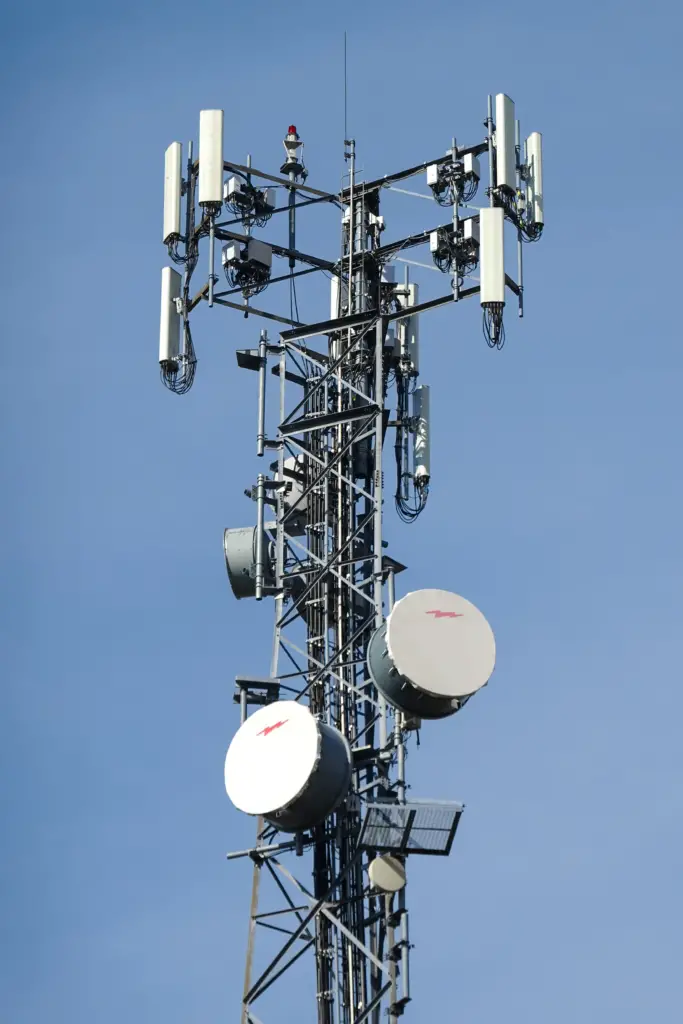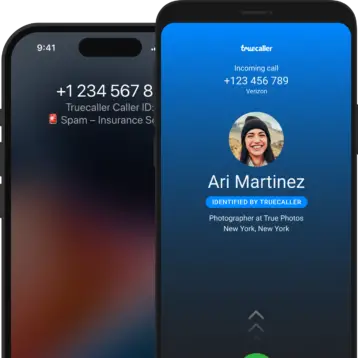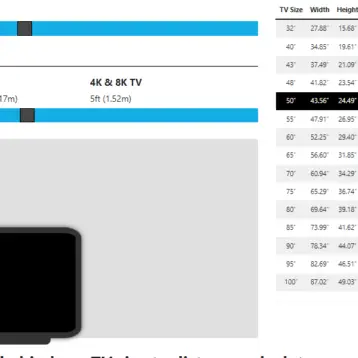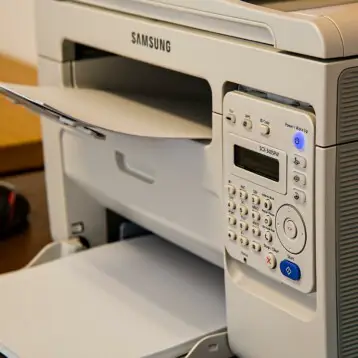5G or the fifth generation of mobile network is rolling out across the globe. Many people believe that 5G is already implemented everywhere but that is not the case.
Only a portion of the world is covered with 5G connections while the rest of the world is still dealing with a number of challenges that halt any further progress.
The majority of European countries, for example, have made significant progress over the years but we’re still not completely there yet.
As for the rest of the world, the situation is pretty much the same. While the majority of countries worldwide are working hard to bring the 5G network to life, others are falling behind due to various reasons. With that in mind, let’s have a look at the development of 5G worldwide.
Challenges in the way of 5G
Most of the challenges that hinder the progress of 5G implementation worldwide have mostly to do with deployment. Unlike previous mobile network generations, 5G requires lots of antennas to be placed at strategic locations.
The main reason is that the type of signal that emits from 5G can support a limited number of devices in its proximity. Furthermore, 5G signals are more easily blocked by objects we come across frequently like buildings and trees, for instance.
This slows down the deployment of 5G signal towers and antennas as you can’t place them randomly. However, one of the greatest challenges many countries around the world have in common is the objection from people themselves.
A lot of people firmly believe that 5G will produce radiation and, in some cases, even mind control them. But objections come in more subtle form as zoning laws and municipality regulations directly block 5G deployment.
Moreover, the deployment on such a scale is also very expensive, which is one of the primary reasons why numerous regions are against 5G implementation, to begin with. Adding to that, smartphones that support 5G technologies aren’t mainstream yet so people still can’t leverage 5G capabilities to the fullest.
5G implementation in America
When it comes to the Americas, 5G implementation is well underway.
The U.S. and Canada are pioneers in 5G implementations while the rest of the countries in Central and South America are still testing out potential implementations.
Mexico and Brazil, for example, have made significant progress in deploying 5G services in the last few years, while most other countries have begun preparations and plans with various operators.
5G in Europe
European countries have made significant efforts to implement 5G networks as much as possible. For example,the European company Telenor is far ahead in implementing 5G technologies, especially in Norway, as 5G was already widely available there back in 2020.
The main reason is that Telenor has made some significant tests back in 2017. Furthermore, Germany began their trail installation as part of their 5G strategy back in 2018 and 5G services were commercially available in 2020.
Germany plans to have 5G available to all by 2025.That being said, 5G network is available across most major cities and towns across Europe but none of the European countries have managed to deploy 5G to everyone yet.
5G in Asia
Asian countries are arguably most advanced when it comes to 5G implementation. Countries like South Korea, Japan and China are already boosting both implementation and deployment of 5G services further beyond major cities and municipalities.

Hong Kong, for example, has managed to deploy 5G services to all indoor and outdoor areas in all of their districts back on April 1st, 2020. Furthermore, in the United Arab Emirates (UAE) 5G services became available in early 2019.
There are also special 5G phones available for purchase in the UAE. In late 2020, 5G services became available for home users in the UAE as well. Another country with significant 5G implementation progress is India. Reliance Jio, an operator from India, announced that their 5G services are available for the top 1000 cities in India in early 2022.
5G in Africa
Only a handful of African countries have made progress on 5G implementation including South Africa. Nigeria, Madagascar and Uganda. The rest of the African countries seem to be lagging behind.
As a matter of fact, the majority of African countries have rolled out plans and tests for 5G implementations in cooperation with global providers but it’s unclear when 5G services will become available in these countries.
For example, Egypt’s Telekom and Nokia signed an agreement to roll out a 5G network in the country but the official resale date is still unknown.
5G in Oceania
Countries like Australia, New Zealand and Guam have all made a lot of effort to bring 5G network and services to a broader populace. Australia, for example, managed to provide home users with 5G services back in 2019 across major Australian cities.
In New Zealand, operators started slow by switching the 5G network on for a limited number of users back in 2019.
However, a year later, New Zealand operators managed to bring 5G services to users with both fixed and mobile access throughout the country. Guam, on the other hand, managed to provide 5G wireless access to the populace in highly concentrated areas despite infrastructure issues back in 2019.
Benefits of 5G
The 5G mobile network will provide users with much faster bandwidth and much lower latency than its predecessor.
More importantly, 5G will be able to support much more connected IoT devices per square kilometer which is essential for modern businesses. That’s why it’s important to implement 5G infrastructure across the world as soon as possible.
Closing Words
Although there’s been significant progress in 5G implementation across the world, many countries are still in the process of planning for the deployment of this network and its services. Many challenges are in the way but it’s nothing that cannot be handled with proper organization and planning.
That being said, we can expect a wider adoption of 5G technologies across the globe by 2025 but it might take even longer than that for the entire world to embrace this new generation of mobile network.









